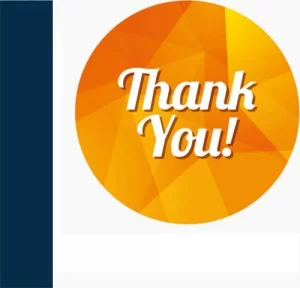WIHM: Horror Is For Women

Over the years, the ridiculous stigma of women being too delicate and pure for horror has been smothered beneath the millions of female horror fans filling cinemas and bookstores across the world. The idea itself is rightfully laughed at and it is finally mainstream to shake your head at anyone who would suggest that the horror genre is not for women (because unfortunately there are still some people out there who like to assume that.)
However, there is still work to do in regards to ensuring that women are given equal opportunity and recognition in other aspects of horror culture.
Although we’re not in the 1950s anymore and women are seen as being able to enjoy horror, there is still the issue of women not being capable of ‘making’ horror, whether it be horror-themed books, films, video games or other types of storytelling media. It’s concerning how few women are recognised or even included in contributing to this treasured genre.
This is almost an extension from the past stigma that women are too weak and incapable of appreciating horror because they are meant for sunshine and pink flowers. The image of us clinging our cool and collected boyfriend in the cinema, squealing as the tiniest drop of blood appears on the screen is still a stereotype and that doesn’t help women creators trying to make their mark in creative industries.
This is apparent by the obvious lack of female representation in the horror genre. From authors, screenwriters, directors, film/book critics or other creative roles, women are the minority in regards to creating horror – let’s not forget actual minority women such as women of colour, trans women, LGBTQ+ women and nonbinary people who make up an even smaller proportion of female creators in horror.
Women of all sorts have been writing/directing/making horror narratives for years from Mary Shelley to Shirley Jackson and Anne Rice, from Julia Ducournau to Ana Lily Amirpour and Susanne Bier. Their work is acclaimed and has stained the pages of history, yet little respect is still shown towards their work and towards their humanity.
Jennifer Kent, multi-award-winning director and writer of The Babadook, 2014 and Nightingale, 2018 was called a ‘whore’ by a journalist at the Venice Film Festival (where The Nightingale was the only woman-directed film competing that year). Kent responded with grace saying that “it’s not about me, but it is quite hard for me because I wish I had my sister filmmakers here. It’s important we move towards gender parity. Cinema’s job is to reflect the world, and if we only reflect 50% of the world, then it’s not doing its job. It’s a very serious issue.”
Even industry giants are hesitant to take a chance on new or less famous female creators as shown in October last year as Jason Blum (of Bloodhouse Productions) made a statement that “there are not a lot of female directors period and even less who are inclined to do horror”. Although Blum sincerely apologised for this statement which was lukewarm in comparison to the insulting of Kent, this represented the wide-spread ignorance surrounding women in horror (and women in the film industry). Women creators do exist in large numbers, we just aren’t given the same opportunities hence there are few of us on top of the ladder or within the mainstream – who are apparently the only women in the world who make horror films/novels.
It’s hard to imagine the doubt some must have in regards to women’s capability to express and experience fear – most of us are deadly cautious even as we walk home late at night or when a man. Horror is not a gender (or ethnicity, or sexuality) exclusive club yet there are still gatekeepers that deny women any recognition or inclusion.
Excuse the obvious statement but horror is for women to enjoy and to make as freely as men – it’s clear that we are capable and it’s clear that we are willing to do so, yet the doors remain consistently closed for us.
Claire L. Smith is an Australian author, poet and filmmaker. Her work has been featured in Luna Luna Magazine, The Horror Tree, Horror Scribes, Death and the Maiden, Anti-Heroin Chic, Mookychick, The Opal Club, Moonchild Magazine and more. Aside from writing, she is also the poetry and fiction editor at Peculiars Magazine and a film critic with Morbidly Beautiful.
You can find more of Claire’s work at: www.clairelsmith.com











